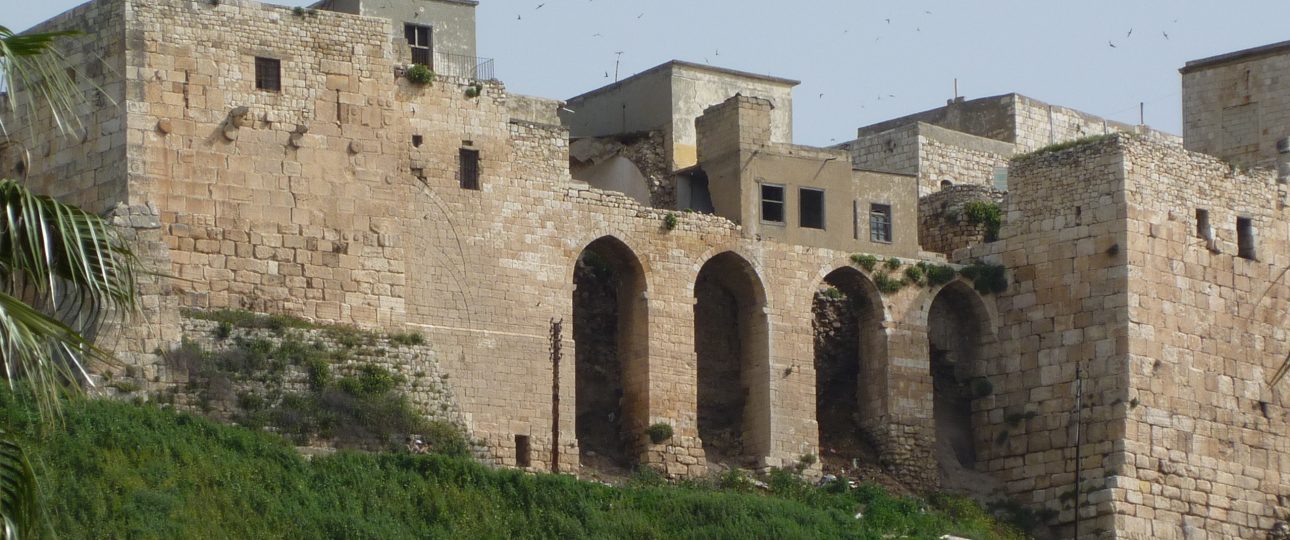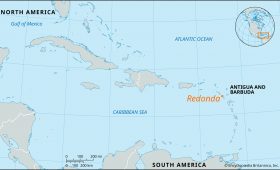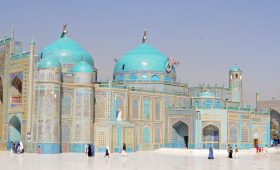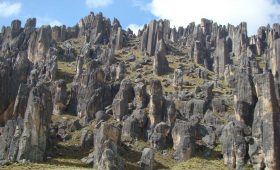Exploring Qalaat al-Madiq: A Journey Through History
The Allure of Qalaat al-Madiq
Qalaat al-Madiq, also known as the Madiq Castle, is a historical fortress with a rich tapestry of history. Located in Syria, it offers a unique blend of natural beauty and cultural heritage. This site is not just a destination; it’s a journey through time.
Natural Surroundings
The fortress is set against a backdrop of rugged mountains and expansive landscapes. While the area may not be lush with greenery, the stark beauty of the terrain is captivating. The nearby al-Ghab plain offers a striking contrast to the fortress’s ancient stone walls. Bring a camera to capture the dramatic scenery.
Historical Context
Qalaat al-Madiq’s history is as layered as its stone walls. Originally part of the ancient city of Apamea, it was founded by the Seleucids in the 3rd century BCE and later expanded by the Romans. The fortress has witnessed the rise and fall of empires, from the Byzantines to the Crusaders. In the 12th century, it was reconstructed under the Zengid ruler Nur ad-Din. Today, the fortress stands as a testament to the region’s tumultuous past.
Optimal Visiting Seasons
For those planning a visit, spring and fall offer the most comfortable weather. These seasons provide mild temperatures, making it ideal for exploring the fortress and its surroundings without the harshness of summer heat or winter chill.
Getting There
Traveling to Qalaat al-Madiq involves some planning. The nearest major airport is Damascus International Airport. From there, you can rent a car or take a bus. The journey is several hours long, but the drive through Syria’s countryside offers its own rewards.
Exploring the Fortress
Once at Qalaat al-Madiq, exploring on foot is the best way to appreciate its historical significance. The fortress is perched on a hill, and navigating its corridors and courtyards provides a tangible connection to the past. Wear sturdy shoes, as the terrain can be uneven.
Key Facts
- Qalaat al-Madiq is a historical fortress in Syria with roots dating back to the Seleucid Empire.
- The site offers a unique combination of natural beauty and historical depth.
- It has served as a strategic stronghold for various civilizations, including the Romans and Crusaders.
- Spring and fall are the best times to visit, offering mild weather for exploration.
- Damascus International Airport is the closest major airport.
- Exploring the fortress on foot provides the best experience of its historical layers.




